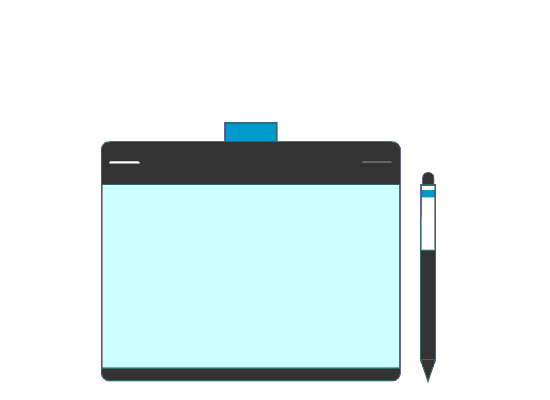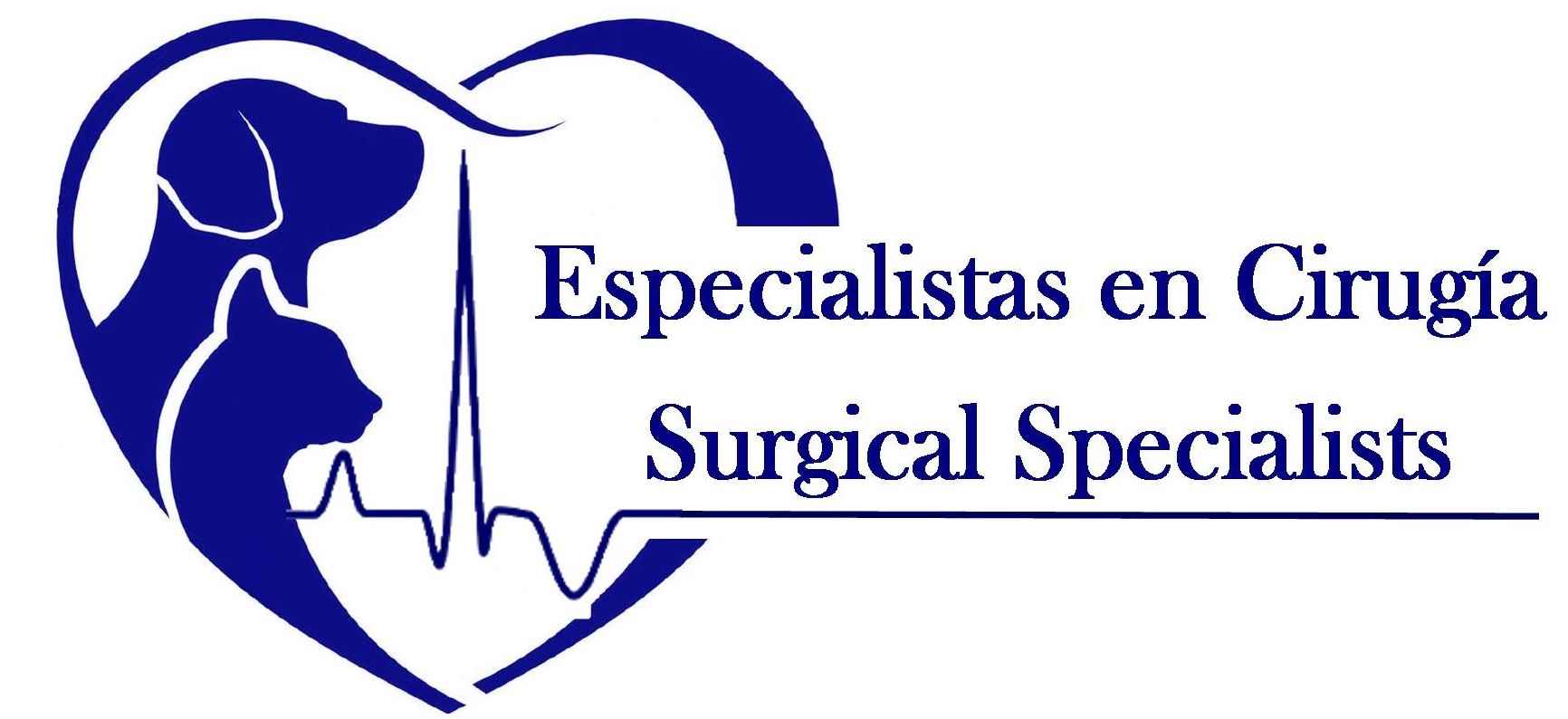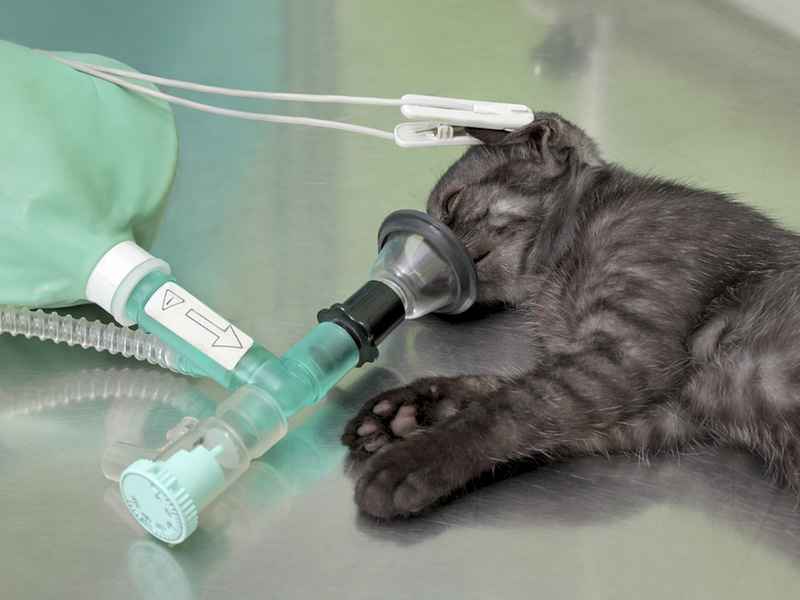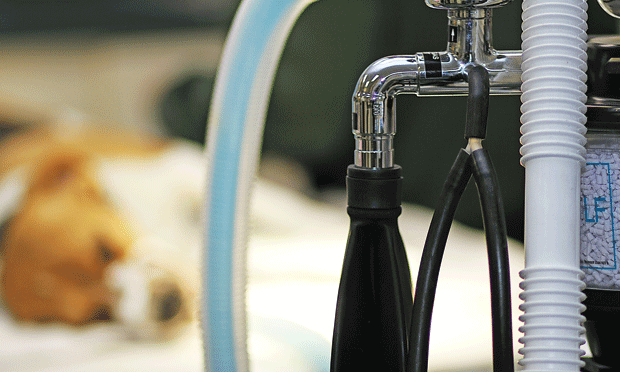Anesthesiology and Analgesia
The current standard of veterinary medicine focuses on individualized anesthetic methods, detailed anesthetic monitoring, and copious pain control. Therefore, we here at CVE have an extensive pain management protocol for our patients, as well as two doctors present at all time – one to monitor the patient, before, during and after anesthesia and one to perform the surgery.
Every patient gets an individualized anesthetic plan, focused on pain and stress reduction from the moment they enter the clinic to the time they leave. Tailoring the anesthetic plan to each patient is crucial in assuring that in healthy and sick patients alike the demands in terms of anesthesia (loss of consciousness) and analgesia (loss of pain sensation) are met.
All this is done after a proper preoperative evaluation of the patient, an adequate physical examination and a thorough review of the patient’s medical history.
Examples of anesthetic techniques used by Clinica Veterianria Estepona include, but are not limited to:
• Neuroleptoanalgesia: this type anesthetics is used in cases where general anesthesia is not needed, such as short diagnostic and surgical procedures where mild to moderate pain can be expected. This allows for rapid recovery and good pain management.
• Total Intravenous Anesthesia (TIVA): this type anesthetics is administered exclusively into the bloodstream and provides us with all the desired effects (muscle relaxation, pain control and loss of consciousness). The patient does not receive any gas anesthesia. This method is commonly used in cases where the airways are compromised, either through a disease or as part of the surgical procedure.
• General Inhalent Anesthesia: helps to maintain anesthesia for any length of time, through inhaled gases, while providing quick recoveries after the procedure has finished.
• Local and regional anesthesia: provides excellent quality of anesthesia and analgesia in a particular area of the body, reducing the need for sedation or general anesthetic. Among the best known is the epidural women get during the birthing process.
• Multimodal anesthesia: our favorite approach! Here the above mentioned techniques are combined to maximize safety and ensure the most pain-free procedure possible.











